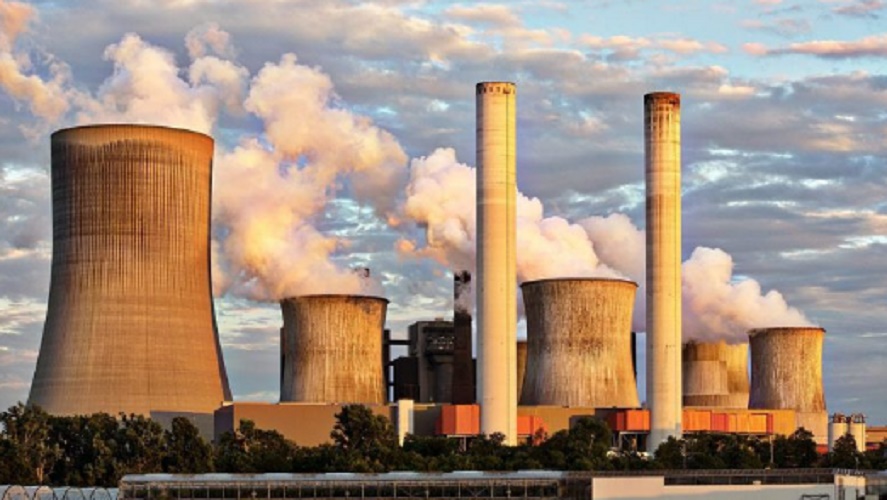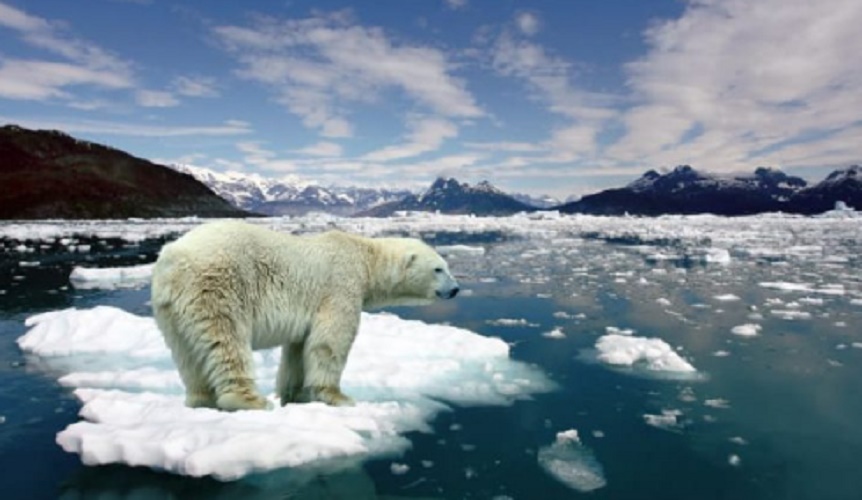What is global warming?
We explain what global warming is, what are its causes and consequences. How to avoid and prevent global warming.
-
What is global warming?
It is known as global warming, along with climate change , one of the greatest ecological concerns of the late twentieth and early twenty-first, consisting of the sustained increase in the average temperature of planet Earth over a century, which evidences numerous effects on climate behavior and the average level of ocean waters , given the gradual melting of polar ice.
The global warming record is alarming and has been confirmed by numerous scientific tests . However, there is no absolute consensus regarding the causes of such an increase in temperature. The dissemination of the issue in the specialized press and the observation of the effects of climate change in various land latitudes reflect that it is one of the greatest concerns for the future of humanity.
So much so, that the United Nations Organization has commissioned some of its representatives to lead a necessary debate, which aims to protect the future of humanity from possible climatic catastrophes. However, the thesis that holds human industrial activity responsible for the increase of greenhouse gases in the atmosphere (such as CO 2 ), is the least accepted in countries such as China and the United States, precisely those with the highest emission of such gases into the atmosphere
While debates are taking place as to what causes it and how it can be reversed or at least slowed down, the effects of global warming and climate change are seen all over the planet, turning wetlands into deserts and gradually altering but dramatically thermal equilibrium of the planet.
-
Causes of global warming

Broadly speaking, two hypotheses are handled regarding global warming:
- Glacial cycles . The Earth, in its journey around the Sun , varies its position slowly over the centuries, and that gives rise to humanly imperceptible warming and freezing cycles, known as glaciations. Thus, cold cycles would cause polar growth, while warm ones melt.
- Human activity . The most accepted of both theories, which does not completely rule out the influence of glacial cycles on climate change, ensures that direct human responsibility in the acceleration of warming is inevitable, whose upward curve coincides, not coincidentally, with the beginning of the Industrial revolution . This explanation says that the gases produced by human industry and agriculture accumulate in the atmosphere at a higher rate than it can have, and generate a screen that prevents heat dissipation into space, increasing the temperature as occurs in a greenhouse .
-
Consequences of global warming

- Melting of the poles . The increase in heat in the air and in the seawater would cause the melting of the glaciers and the permafrost of the polar regions, which would add fresh water to the ocean and slowly raise the level of its waters. Thus, flooding and the expansion of the coastline would submerge entire cities underwater.
- Extreme weather phenomena . The imbalance of temperatures affects the extremes of certain climates: the hot ones are hotter and the colder much colder, which is accompanied by more extreme weather events: more intense rains, more devastating hurricanes, etc.
- Abrupt ecological changes . The changes in the climate generate changes in ecological niches , some gradually and others much more abruptly. For example, glacial melting releases not only water, but gases such as methane and carbon dioxide, whose increase adds to the greenhouse effect and leads to the acidification of the oceans, affecting millions of living things .
- Landslides . Increases in the precipitation rate or the melting of perennial snows in the mountains can cause humidification and liquefying of the soil , leading to avalanches and other landslides that are potentially lethal.
- New deserts . Too hot temperatures and the prolongation of the drought end with the local flora and gradually generate new deserts , little usable for human and animal life.
-
How to avoid and prevent global warming?
The first step towards designing a strategy to deal with climate change is obviously to recognize it. Theories regarding human non-responsibility in the phenomenon have the disadvantage of fostering a carefree attitude in the citizens of the most industrialized countries, responsible for the higher greenhouse gas emissions.
Only by reducing the amount of carbon that is poured into the atmosphere , through significant industrial reductions and promoting business laws to defend the environment , would the planet be given the chance to reverse the gas load and recover a thermal balance. None of this would be short term, of course, but it would take more than a decade to notice the change.
On the other hand, adaptation to climate change is a response to minimize material damage and human losses, through barriers and urban structures that minimize the damage caused by extreme weather events.





